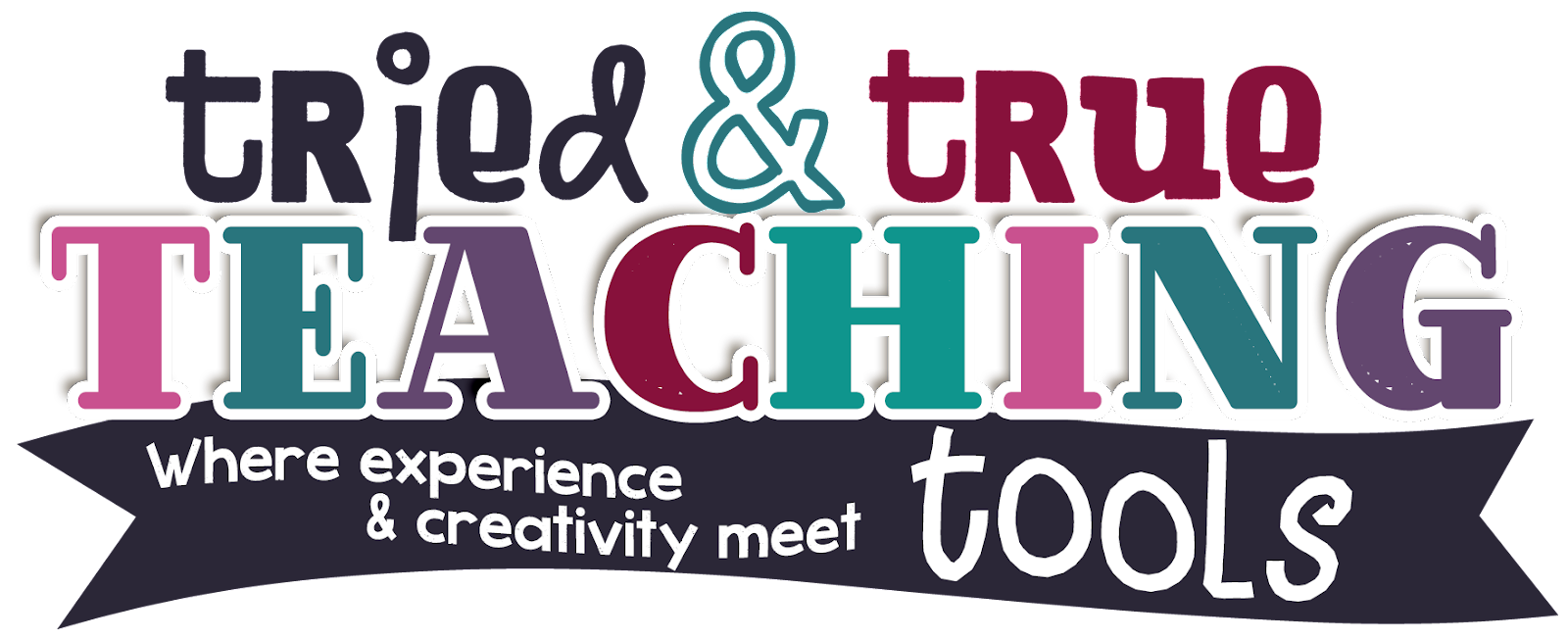Since our earth science unit, Earth's Systems, connects so perfectly with our Social Studies unit on geography and landforms, we decided to start with 4-EEE2-1: Students can make observations and/or measurements to provide evidence of the effects of weathering or the rate of erosion by water, ice, wind, or vegetation.
My partner and I planned an Erosion Extravaganza day! The class had already learned about landforms and formed them using Play-Doh (you can read about that here). After watching this erosion video,
we divided up our grade level into 3 groups: one group explored erosion and weathering using chocolate chip cookies. The second group was outside experimenting with sand trays and the effects of water on landforms, and the third rotation was annotating passages and taking notes on erosion and various types of rocks. (We had our teaching assistant and two parent volunteers supervising in that room).
During our cookie rotation, we reviewed the 3 types of physical/mechanical weathering:
- Temperature: rub hands together to make heat, then hold a section of the cookie (chocolate chips melt)
- Wind: rub two cookies together to see how wind rubs against rocks, creating deposits
- Water: place a chunk of cookie in water, crumbs disperse and start separating from the main chunk (rock deposits form)
Some kids decided to drink their water (eww!) and they noticed how the cookie crumbs stuck at the bottom forming deposits once the water was gone!
Next, they poked a hole in the bottom of a paper cup and attached it to a ruler (forming a ledge on top of the tray). Originally, I was going to have students put a few library books in a gallon ziploc bag for protection, to be used to raise the sand tray. However, we used 3-ring binders instead. After raising/slanting the tray with 3-ring binders under one end, students slowly poured water into the cup and observed how the stream changed the landforms. They recorded the results in their Science Notebooks. We ran out of time, but next time students will try other variables: the degree of the slant, size of the holes in the cup, position of cup, etc.
I love that now when we look at landforms during our geography unit, students are calling out "weathering!" "erosion!" They are amazed at the power of nature!






No comments
Post a Comment